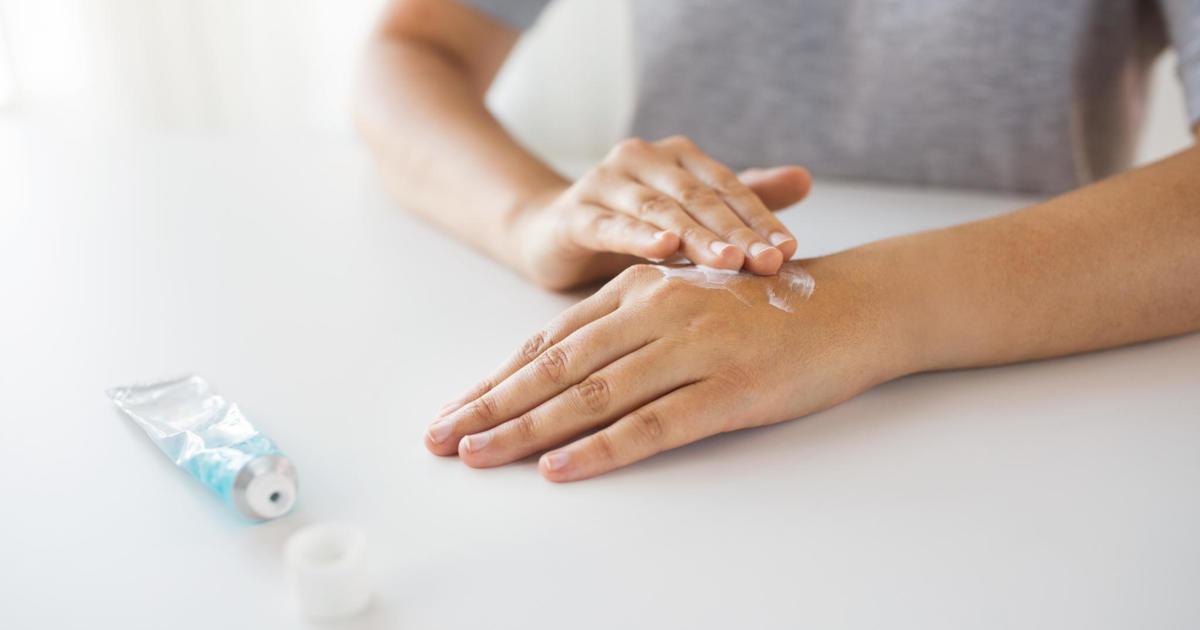Guide To Angular Cheilitis Treatment
Topical Antifungals Or Antibiotics

Dermatologists may prescribe topical antifungals or antibiotics for patients with angular cheilitis. Before prescribing either of these, the doctor will take a swab from the corner of the patient's mouth, and this will be cultured in a laboratory. From the results of this test, the doctor will be able to determine whether angular cheilitis is caused by bacteria or by a fungus like yeast. Antibiotics will be prescribed to alleviate bacterial causes of angular cheilitis, and these may be used topically or taken orally. Topical antifungal medication is given for cases caused by yeast or other fungi. Mupirocin and fusidic acid are two examples of topical antibacterial medications used for this condition, and the topical antifungals clotrimazole, nystatin, miconazole are particularly helpful for this form of angular cheilitis too.
While taking these medications, patients will have regular follow-up appointments with their dermatologist to monitor their progress. If a particular topical treatment does not provide enough symptom relief, patients should speak to their healthcare provider about the possibility of switching to a different medication. In addition to the use of topical medications, dermatologists may recommend some patients apply petroleum jelly to the corners of the mouth and use lip balm for extra protection. However, patients should check with their doctor before using petroleum jelly, as it may interact with certain topical treatments.
Topical Antiseptics

Topical antiseptics help patients keep the open sores and wounds at the edges of their mouth clean, reducing the risk of infection. Iodine, betadine, hydrogen peroxide, and saline solution are examples of common antiseptics. While many of these are available over-the-counter, patients should always consult their physician before using any of these on their wounds. Some types of antiseptics may cause more irritation than others, and they may slow down healing, particularly if they are applied incorrectly or for too long. Topical antiseptics are usually in liquid form, and patients can apply them to the skin with a cotton ball.
Wounds may not need to be cleaned every day; for example, doctors sometimes recommend only cleaning the wound every other day or as little as once a week. How often a topical antiseptic is needed also depends on the particular stage of healing of the wound. Wounds that are nearly healed may need less frequent use of antiseptics. Patients should follow their healthcare provider's suggestions for the type of antiseptic and for how often to apply it. If patients notice any unusual changes in their wounds after using a particular antiseptic, they should consult their dermatologist for advice.
